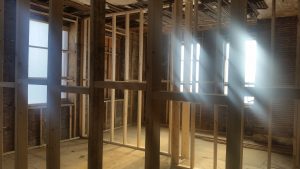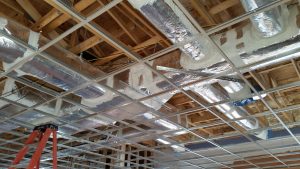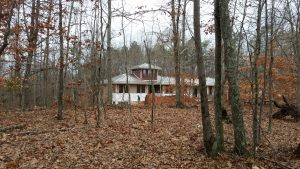Environmental Performance Standards on Public Buildings
When you are using public money to build and maintain public buildings it is imperative to develop environmental performance standards.

Buildings have incredible direct and indirect impacts on the environment and annual budgets. Construction, demolition, occupancy, renovations, user energy usage, building energy usage, waste, emissions, and material consumption all impact the community that the building exists within. To that end, various standards and certifications have been developed from LEED, EarthCraft, Energy Star, to Green Globes to help measure impacts on the community and provide a platform for comparisons.

So why do public buildings need an environmental performance standard? Because public buildings need to last for many generations and use tax payer money wisely. We need to have a long-term view of these buildings that will be there for a long-term. If they are not built to minimize energy usage over the years they are not using tax payer money wisely. If they are not durable, the are not using tax payer money wisely. If they are simply built to code minimum (the worst possible construction allowed by law) we are wasting our future resources. Without establishing an environmental performance standard public buildings will not last the test of time without the need for major renovations and more money. This is not a wise use of our resources and not the legacy that we should want to leave for future generations.

So what is an environmental performance standard? A standard is simply a set of guidelines and criteria against which a product can be judged. For buildings this might take the form of a certification standard or energy use intensity (measure of energy used per square foot). It may even be a goal for zero energy usage. It may be a goal of 25% better than code minimum. It may be a unique standard developed by the community to address resources beyond just energy use. However, without stating a specific goal, the default goal is code minimum and more money needed to operate and maintain the building over the life of the building.
